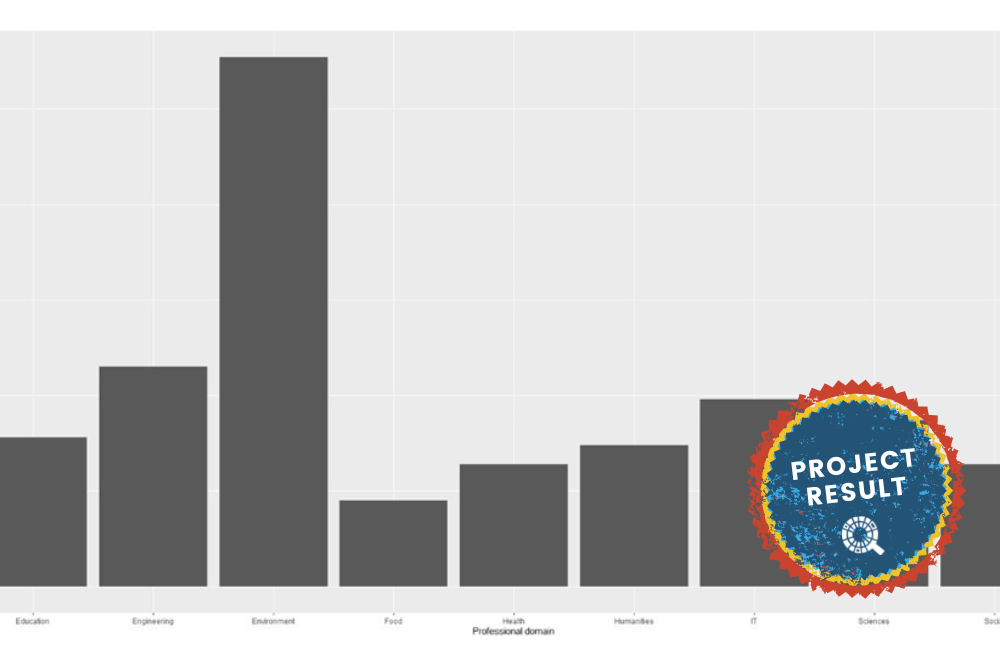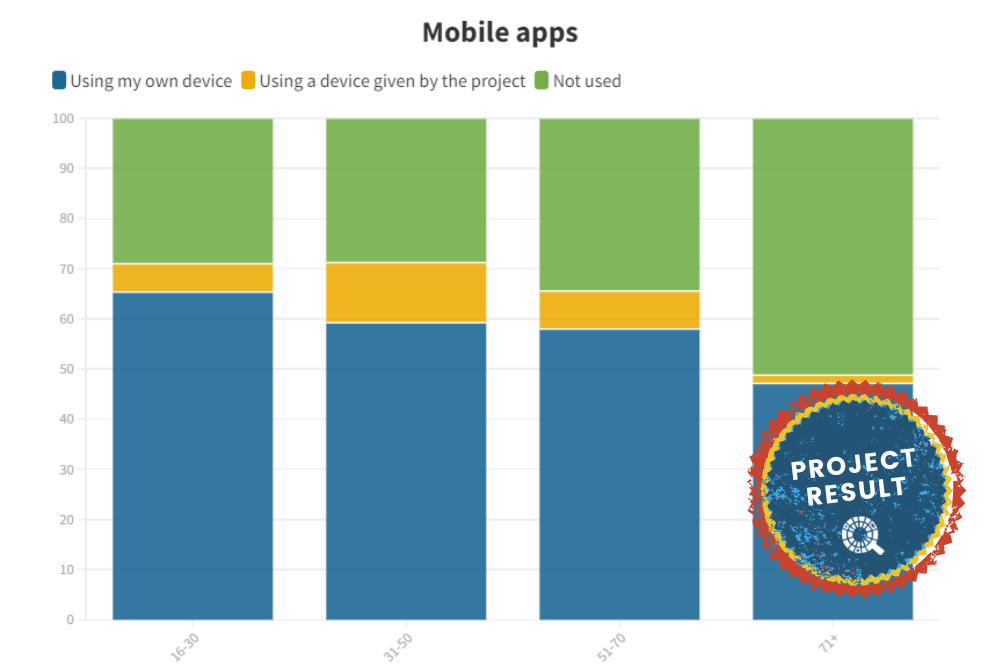Main aim of the study
Project descriptions are a central element of a Citizen Science project’s online presence and thus play a key role in recruiting volunteers. Very often, they are the first point of contact between a project and prospective participants. As such, they need to be reader-friendly and accessible, spark interest, contain all the necessary practical information, and motivate readers to join by explaining convincingly how they will benefit from participating in the project.
The purpose of this study was to examine whether the project descriptions stored in the CS Track database meet these criteria.
Research question
The questions this study aimed to answer were:
- To what extent do CS project descriptions actually contain the kinds of information relevant to prospective participants?
- And is this information conveyed in a comprehensible and attractive manner?
Research context
For the past two years, several research teams within the CS Track consortium have studied Citizen Science project descriptions stored in the CS Track database, examining for instance correlations with the SDG framework, educational aspects, etc. What became apparent in the course of this work was that CS project descriptions vary greatly in terms of content, length and style. While some are so short they contain very little concrete information on the project’s activities and the tasks to be completed by citizen scientists, other project descriptions provide lengthy and jargon-laden explanations of the project’s scientific background. Moreover, many project descriptions fail to mention how volunteers will benefit from participating.
In light of these observations, we decided to design a set of evidence-based recommendations for writing engaging project descriptions. The resulting product is an annotated template that offers general advice on length, format and style, as well as listing ten essential elements of an effective project description. At the same time, we decided to examine the deficits described above in a more systematic and quantifiable manner.
Research Methods applied
To this end, we have conducted a qualitative content analysis of a random sample of 120 English-language project descriptions, using the above-mentioned ten-step template as a coding rubric.
Procedures applied
For the purpose of this study, we applied two filters to the CS Track database.
First, we created a dataset containing only English-language project descriptions. From this, 2949-project dataset, we then excluded all descriptions which consist of less than 100 or more than 500 words. Texts of less than 100 words can not be expected to contain a significant amount of information. Project descriptions of more than 500 words are less likely to be read in their entirety than shorter texts, and are thus ill-suited to the task of capturing the readers’ interest and prompting them to join the project in question. This second round of filtering eliminated a staggering number of project descriptions – namely 1.666 –, leaving us with, 1283 usable texts. Using this dataset, we created a random sample by applying the ‘random’ function of RStudio.
In total, we analysed the descriptions of 120 CS projects, which equals 9.35% of the filtered dataset and 2.42% of all project descriptions currently stored in the CS Track database.
The qualitative content analysis was performed in two consecutive steps. First, in order to ensure that the coding rubric is fit for purpose and all categories within it well-defined and demarcated, all three members of the research team independently coded 40 project descriptions. After discussing the results and making slight modifications to the coding rubric, each team member coded roughly one-third of the remaining 80 descriptions.
Summary of results/findings
Preliminary results suggest that the majority of project descriptions in our sample failed to mention how citizen scientists will benefit from participating, what kind of training they will receive, how their contributions will be acknowledged, and whether they will have access to project results. Furthermore, the project’s goals, its target audience, and the tasks volunteers will be expected to complete are very often not described explicitly and clearly enough. For instance, very few project descriptions contain concrete information on required skills and equipment or on the time commitment associated with participation.
Conclusion
Work is still in progress on this study. However, our preliminary results suggest that work is needed in order to support project initiators in writing their project descriptions in an attractive and clear way. Project descriptions should ideally include, in addition to main goals and project impact, information on potential participants, tasks to be completed and training to assist participants in achieving these tasks. They should also include details on the benefits for participants, how they will be acknowledged and where they can access the data.
Link to complete report
The paper/full report concerning this study is currently in progress (on the date of submission of this deliverable – November 2022), no link to a repository is available. Contact the corresponding author (yaelago123@gmail.com) if you have interest to receive further information.
References
Photo by Taylor Brandon on Unsplash














